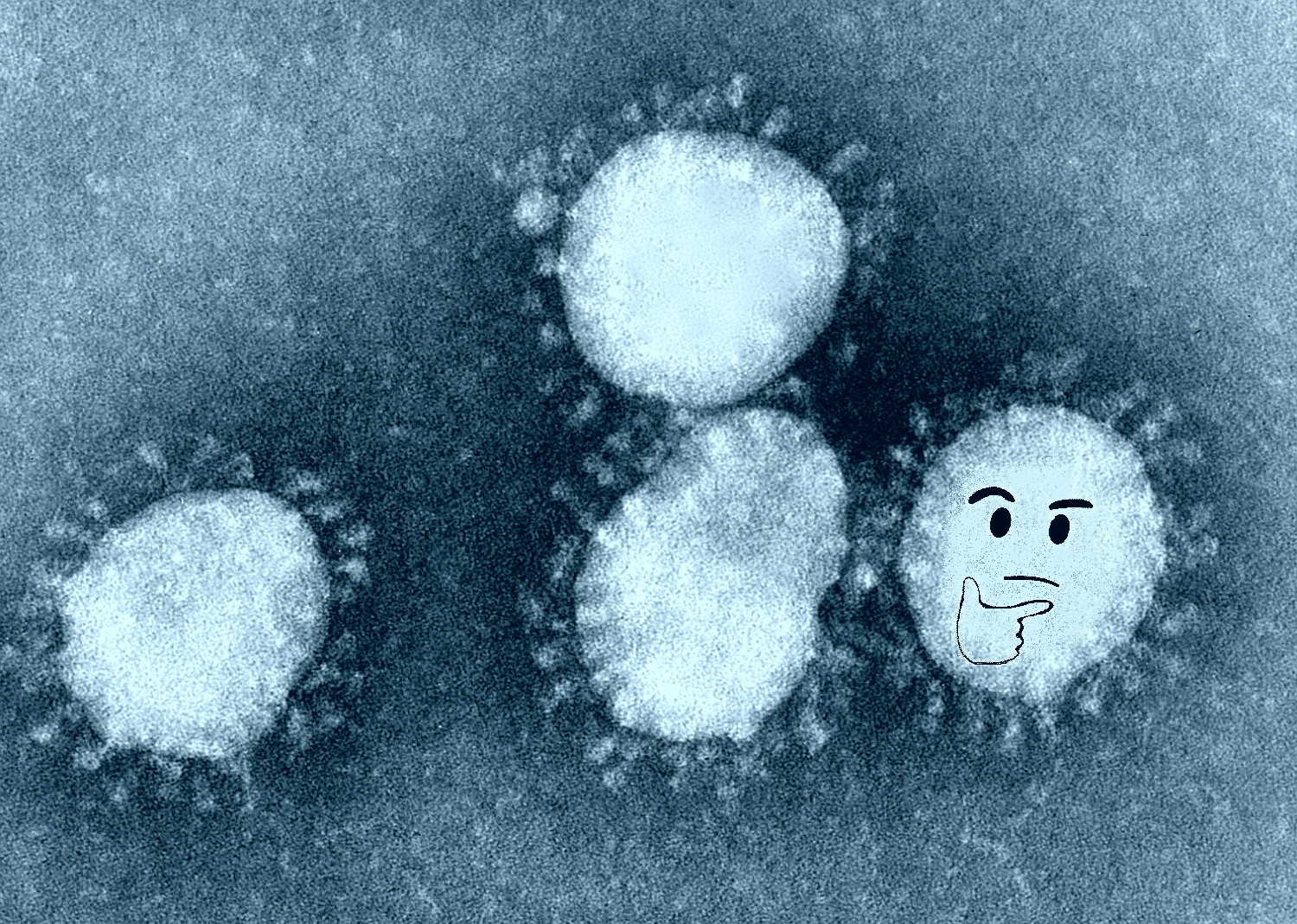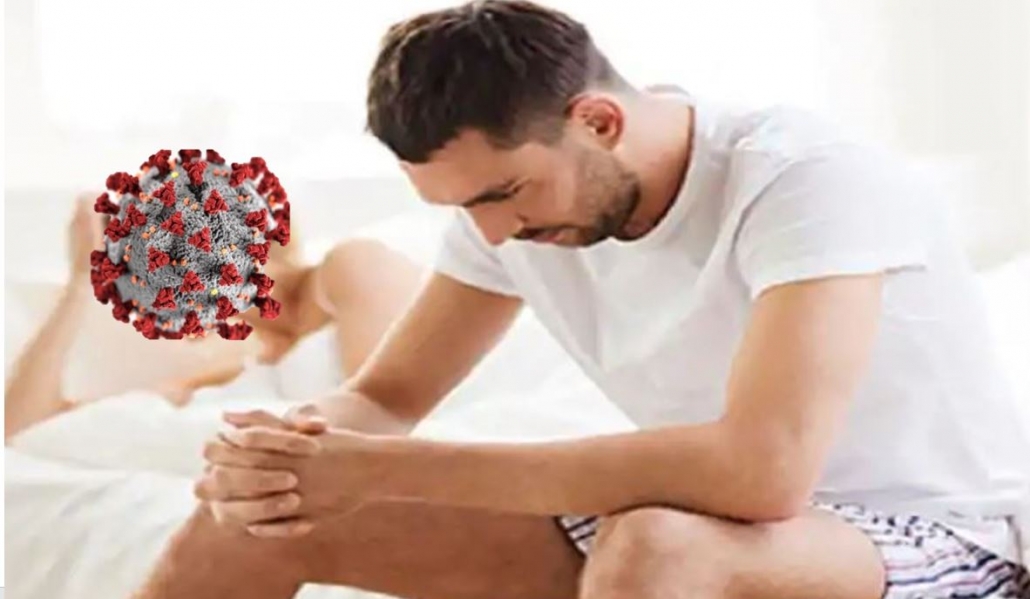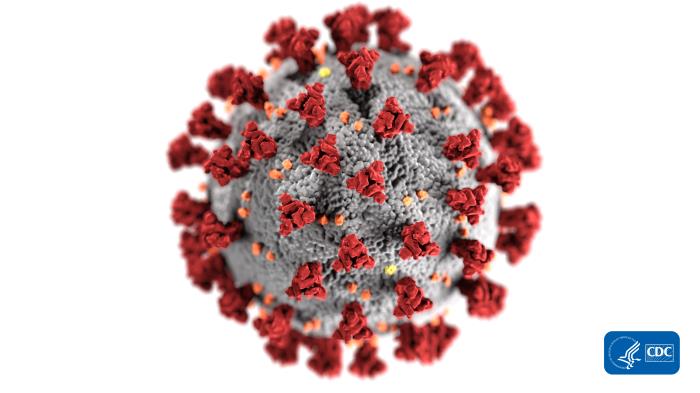Negotiating a New Routine in the Time of Pandemic
My youngest has now emerged from quarantine within quarantine (henceforth QwQ) in our household. They were restricted for two weeks inside our house once they came home from college after having health problems during finals week.
This meant open windows and masks worn during the most mundane conversations — on my part, slapping on a mask before yelling that dinner was ready, and on their part slapping on a mask before picking up their dinner tray outside their door.
I can tell you two weeks of room service, three meals a day and occasional snacks, delivered outside the bedroom door or placed on the deck table outside is no fun for either the cook or the eater.
But now that they’ve emerged from their confinement suite we have to negotiate a new routine within the household. I’ve had to remind somebody a couple times they no longer have QwQ room service.
We also have to negotiate new approaches for an adult child living at home with parents, unable to go about living as young people did before this pandemic forced Stay Home orders.
How does one date when one can’t leave the house? How does one conduct one-on-one dialog with a romantic interest while across the room from one’s parents?
Awkwardly.
This past Friday was a dinner date. I was warned in advance this was a regular event before QwQ. We’d been discussing options to plan dinner later in the day — the adult child told me I didn’t need to plan for them because they were going to have dinner with their romantic partner.
Okay…you may imagine my eyebrows in my hairline.
Apparently these two lovebirds have been cooking together on Friday nights since they can’t go to restaurants. This time they can’t even meet in person to cook in the same kitchen, but cook together they would.
“Are you going to Zoom a meeting? Will you need a tripod set up in the kitchen?” I’d asked.
These are not exactly the kinds of details for which one designs and builds a kitchen, but here we are, thinking about methods to retrofit my kitchen into a Food TV network set for two.
No extra work needed this time; just a set of headphones with mic and their cell phone along with full use of the kitchen.
In other words, get out of the way, mother.
Not exactly easy since the kitchen is at one end of the family great room and my office is in the middle of the same space. Which means while I am poking around online and moderating comments here, my spawn is cooking away while engaged in discussion with their romantic partner.
The really awkward part: partner can hear me, I can’t hear them, and my adult child isn’t prefacing questions to me or to their partner so that we can’t tell who the question is aimed at before we both answer.
And then after dinner is done and the adult child flees with a prepared plate in one hand and the phone in the other, I’m left with the dirty dishes and other cooking detritus.
As I said, we have to negotiate a new routine within the household. Looks like I need to find something to do every Friday night in the garage, the basement, or the garden. And it looks like the adult child needs to clean the kitchen before taking off for the private part of the date.
~ ~ ~
Another aspect of pandemic life in a multi-generational household I hadn’t anticipated: the late night snack attack.
I dozed off while reading in my lounge chair sometime around 11:00 p.m. last evening, rousing in a heart-stopping fashion when someone banged LOUDLY on my front door. Stumbling toward the door I realized I had no mask with me, couldn’t open the door safely, flailed around in a groggy state, heart pounding, wondering if the lights in the driveway were the police or some other authority figure.
The lights began to back out of the drive as I turned on the porch lights and opened the door slowly. The vehicle pulled away just as I noticed a fast food bag on my porch.
What the hell? Did I get a neighbor’s midnight meal by accident? I looked up and down the street and could see no lights on, no one looking for their — at this point I checked the slip on the bag without touching it — burgers and fries.
The tumblers of awareness clicked into place.
Yelling for my adult child to come down and handle the fast food delivery was nearly as annoying as being jolted awake. They couldn’t hear me with their headphones on while gaming online, requiring yet more pounding on another door.
“Oh — the meal was 45 minutes early, sorry about that,” they said. “How do you want me to handle this?” they asked.
“Good gods, you ordered food with packaging you would have to decontaminate and you didn’t plan ahead for that?”
Much scowling and hand washing ensued, sprinkled with questions and feedback about the delivery service and tipping and how to handle future food deliveries.
Yes, we have to negotiate yet another new routine within the household.
~ ~ ~
I felt really old after the fire drill of late night food delivery by way of app. It never occurred to me to have french fries delivered to my doorstep.
Sure, I’ve joked for years now about a business plan for drone-based app-ordered deliveries of chocolate and alcohol and condoms. I didn’t imagine we’d still use cars for deliveries like this, or that orders would be so mundane instead of pricier upscale items.
But then I didn’t imagine business models relying on a permanent underclass ferrying products instead of flying machines.
I also didn’t imagine an adult child of mine would become so inured to such exploitative business models that they saw delivery of a milkshake or burger as entirely normal and acceptable.
Perhaps the profits are greater in the density of a college town and this now-former student had become too accustomed to a different norm at university, especially since friends also worked for delivery firms. But we’re at the edge of suburbia in what many Americans might consider a small town. This shouldn’t be the norm without green transportation.
Some of the negotiations we need to have are about the ethics of our expectations both in the time of pandemic and in the years ahead during a new normal.
Imagine as this pandemic pushes us deeper into an economic depression how easy it will be to exploit increasingly desperate people. We’re privileged to be able to think about this — we need to use this privilege for good, beginning with greater consciousness about our spending choices and making more donations to local food pantries.
And someone here may be learning how to cook those late night french fries at home, alone or perhaps with their partner or gaming opponents online.
I might even be able to sleep in my armchair through that.
This is an open thread.




